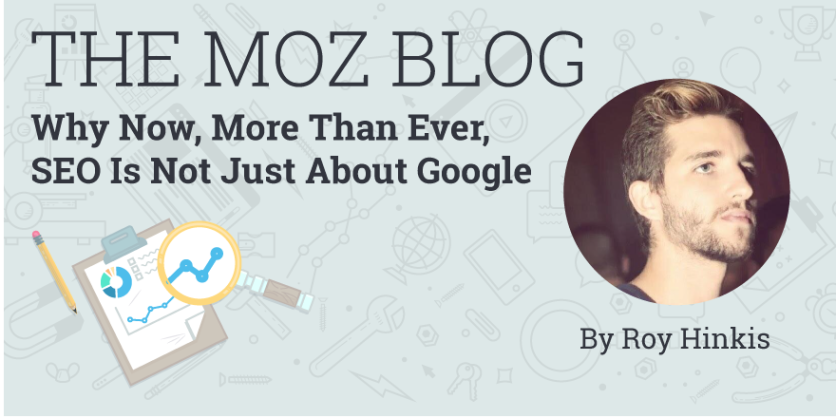
An SEO & Digital Marketing consultant with more than 12 years of experience, Roy Hinkis is one of the leading growth marketing experts, having helped tech startups and Fortune 500 companies create sustainable SEO strategies. Hinkis' portfolio includes impressive titles such as Head of SEO and Growth Marketing at SimilarWeb and SEO Consultant for Walmart, and currently, he is an SEO Consultant at Waze. When it comes to getting the pulse of the industry and analyzing the latest digital marketing trends, he's one of the best experts to go to for valuable insights and forecasts, having been featured in Business Insider, Yahoo, MOZ, The Next Web, and Search Engine Journal.
In an interview published in SimilarWeb's Lead Generation Leaders series, Roy Hinkis explained his user acquisition philosophy and why he believes that marketers should learn to diversify their channels and think outside of Google.
That may seem like a surprising thing to hear from an SEO consultant but, as Roy Hinkis pointed out, the landscape is changing.
While Google still controls a significant part of the market, and that's unlikely to change in the following years, other players are disrupting the industry. Or, at least, forcing marketers to change their mindset and also rely on channels other than Google.
Hinkis emphasizes DuckDuckGo as one of the biggest things to happen to search engines in recent years. Although it was launched in 2008, DuckDuckGo thrives in the current context dominated by privacy concerns and users paying more attention to their data. For those who value their privacy, DuckDuckGo has become the new default. This is the fastest-growing search engine, and marketers can't afford to ignore that, Hinkis advises. Although it's nowhere near as big as Google, DuckDuckGo is a powerful search engine, and ignoring it means passing on a lot of SEO opportunities.
Social media is another powerful channel that Roy Hinkis talked about. In the past few years, platforms like Facebook, Twitter, and YouTube have changed the way users consume content and interact with brands, especially Millennials and Gen Z, who have the highest purchasing power and drive market trends. By the latest estimates, 3.5 billion people use social media - that's about 45% of the population. Facebook is currently the market leader, but the landscape is continuously evolving, and each platform comes with its own audience. For example, Instagram favors visual content and short videos, while YouTube is more recommended for long, informative videos. No matter the chosen platform, your social media strategy, just like your SEO efforts, should be based on data, analytics, and clear goals.
Roy Hinkis advises brands to ride the wave of social media marketing and include it in their growth strategy because it's one of the most cost-effective ways to drive traffic, boost customer engagement and increase brand loyalty. Of course, that doesn't mean that marketers should ignore SEO and Google. On the contrary, it's more a matter of not putting all your eggs in the same basket, keeping your options open, and finding the right balance for your business.
ⓒ 2025 TECHTIMES.com All rights reserved. Do not reproduce without permission.




